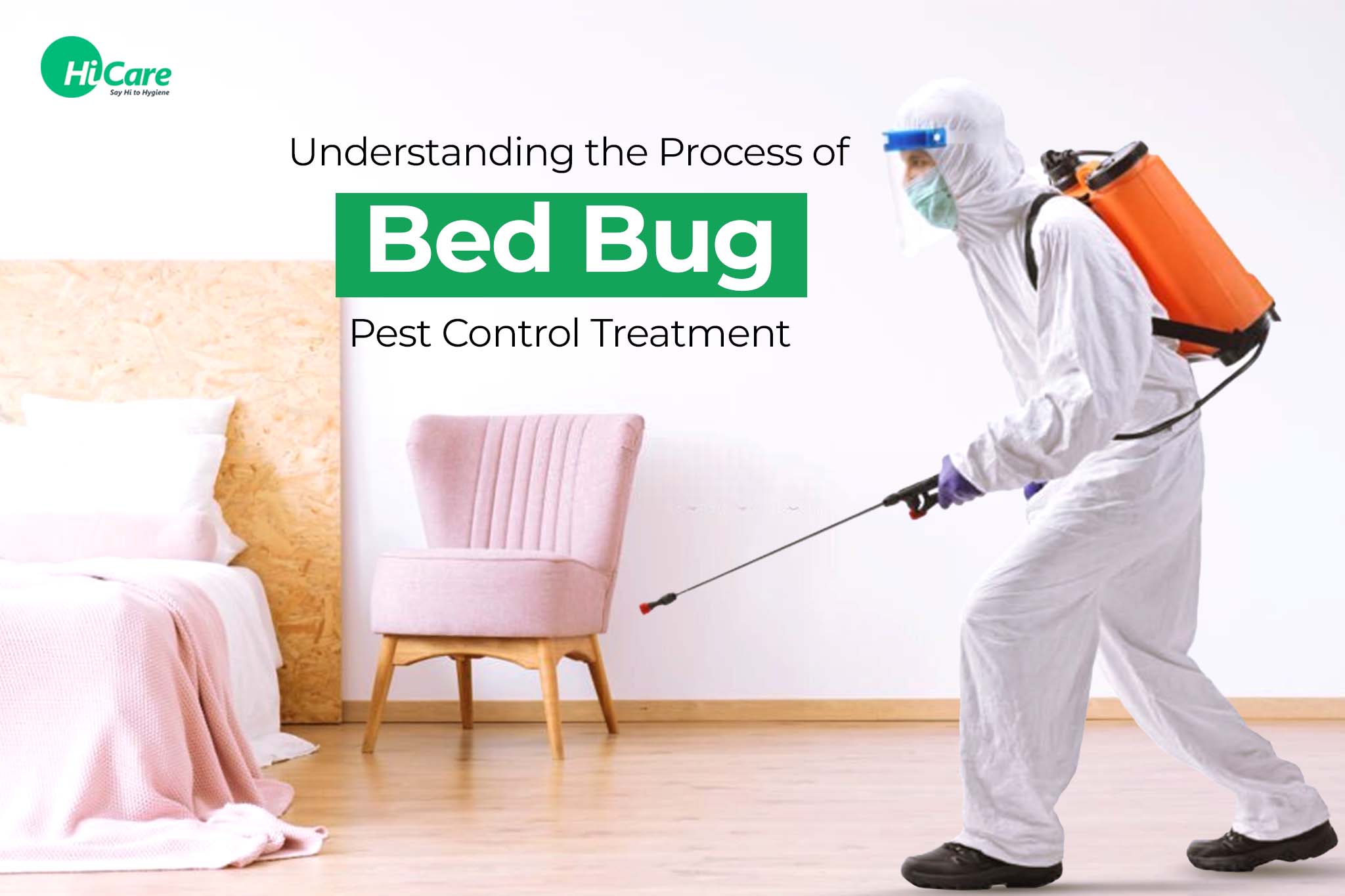Reliable A1 Bed Bug Treatment Houston - Remove Bed Bugs
Reliable A1 Bed Bug Treatment Houston - Remove Bed Bugs
Blog Article
Comprehending the Lifecycle of Pests for Targeted Control Strategies
Understanding the lifecycle of pests is a basic element of effective bug monitoring approaches. By understanding the different phases of growth that bugs go through, a much more targeted and specific strategy can be adopted to control their populations. This knowledge not only clarifies the vulnerabilities within the parasite lifecycle but additionally leads the method for implementing critical actions that can interrupt their development and recreation cycles. With a deeper understanding of how parasites grow and evolve, customized control strategies can be made to attend to details points in their lifecycle, inevitably resulting in more effective pest monitoring results.
Relevance of Understanding Bug Lifecycle
Understanding the lifecycle of insects is essential for creating effective and targeted control methods in parasite monitoring. By comprehending the numerous stages an insect goes through from egg to adult, bug control professionals can identify vulnerable factors in the lifecycle where intervention can be most successful.
Furthermore, identifying the details ecological problems required for each phase of the pest's lifecycle can guide decisions on habitat adjustment or exclusion methods to reduce and disrupt the lifecycle parasite populaces. This understanding makes it possible for pest administration professionals to implement positive measures instead than relying only on reactive treatments, bring about more long-lasting and sustainable bug control services. Eventually, a comprehensive understanding of insect lifecycles empowers pest control experts to customize their methods efficiently, making best use of and lessening environmental influences control end results.
Trick Phases in Bug Growth
To efficiently apply targeted control approaches in insect management, an essential facet hinges on thoroughly recognizing and understanding the key phases in bug growth. Pest development generally is composed of several crucial phases that are essential for their lifecycle and administration. The initial stage is the egg phase, where bugs lay eggs that later hatch out into larvae. Larvae after that progress into pupae, a stage where they go through transformation prior to becoming adult bugs. Comprehending these phases is vital as it aids in determining weak spots in the lifecycle where control actions can be most effective.

Susceptabilities in Insect Lifecycle
Throughout the different stages of a pest's lifecycle, distinctive vulnerabilities emerge that can be strategically targeted for effective control procedures (A1 Bed bug exterminator houston LLC). One crucial susceptability lies in the egg phase, where parasites are commonly a lot more susceptible to certain pesticides or organic control representatives due to their soft external covering, making them simpler targets for treatment. Comprehending these vulnerabilities in the pest lifecycle is crucial for establishing efficient and exact control approaches that properly take care of parasite populations while decreasing environmental influence.
Executing Targeted Control Measures

Applying targeted control procedures normally entails a multi-faceted approach. This might consist of environment adjustment to make the environment much less why not try this out welcoming to pests, such as eliminating standing water for mosquito control or securing entrance points for rodents. Additionally, biological control techniques can be used, where all-natural killers or pathogens are presented to maintain insect populations in check.
Chemical control, such as the cautious application of chemicals, is one more usual approach. However, it is necessary to use these materials judiciously to minimize ecological influence and possible injury to non-target varieties. Integrated Bug Management (IPM) techniques that incorporate numerous control actions in a collaborated and lasting manner are usually one of the most effective in accomplishing long-term pest management objectives. By executing targeted control actions based on a comprehensive understanding of parasite lifecycles, bug populations can be properly regulated while minimizing risks to human health and the setting.
Improved Bug Management Practices

Furthermore, the unification of biological control agents, such as all-natural predators or microorganisms of parasites, can help in reducing dependence on chemical pesticides and advertise an extra well balanced environment. Carrying out physical obstacles and traps can additionally belong to boosted bug monitoring practices, offering non-toxic and targeted remedies for parasite control. Furthermore, using pheromones and other semiochemicals can interrupt pest Read Full Article breeding patterns and communication, leading to decreased pest populaces with time.
Final Thought
By determining vital phases in insect advancement and vulnerabilities in their lifecycle, targeted control measures can be executed to reduce bug populaces. Boosted parasite monitoring practices can assist minimize the reliance on broad-spectrum pesticides and advertise more lasting and ecologically friendly pest control methods.
Understanding the lifecycle of parasites is vital for developing efficient and targeted control approaches in pest management. By comprehending the various stages a bug goes through from egg to grownup, parasite control specialists can determine susceptible points in the lifecycle where intervention can be most successful. Eventually, a comprehensive understanding of bug lifecycles encourages pest control experts to customize their strategies efficiently, making best use of and reducing environmental effects control results.
By carrying out targeted control actions based on a complete understanding of insect lifecycles, parasite populations can be properly regulated while lessening threats to human health and the environment.
By recognizing vital phases in parasite development and susceptabilities in their lifecycle, targeted control actions can be carried out to decrease pest populaces.
Report this page